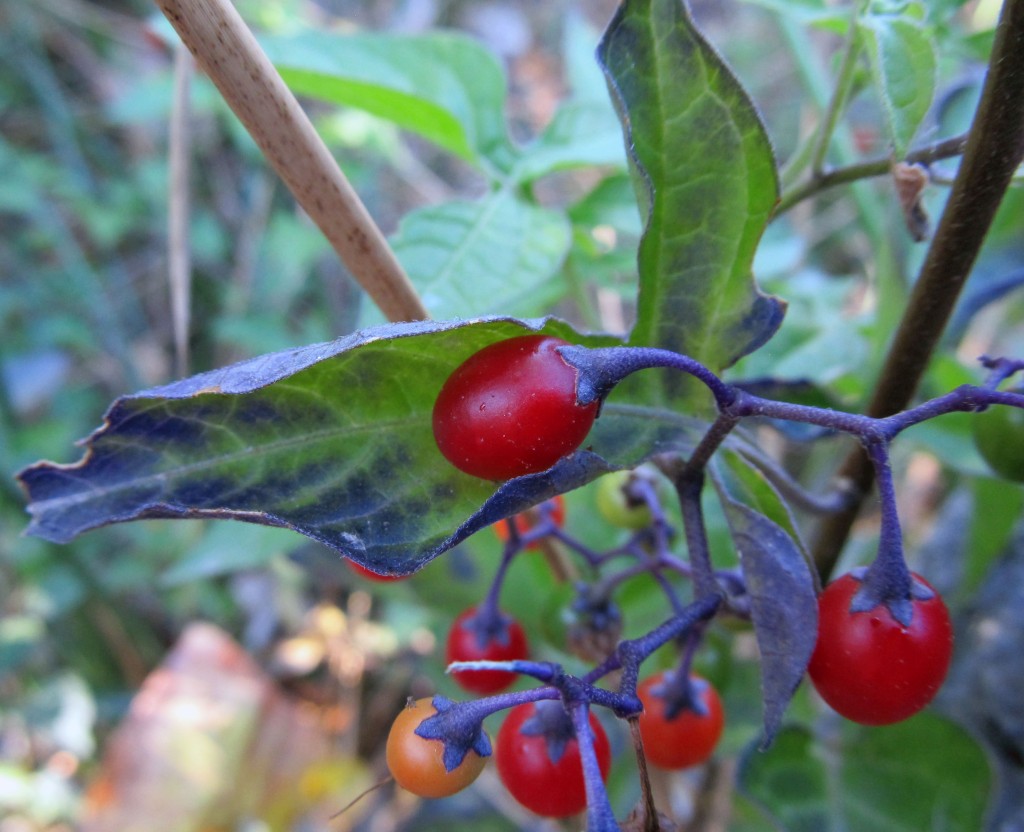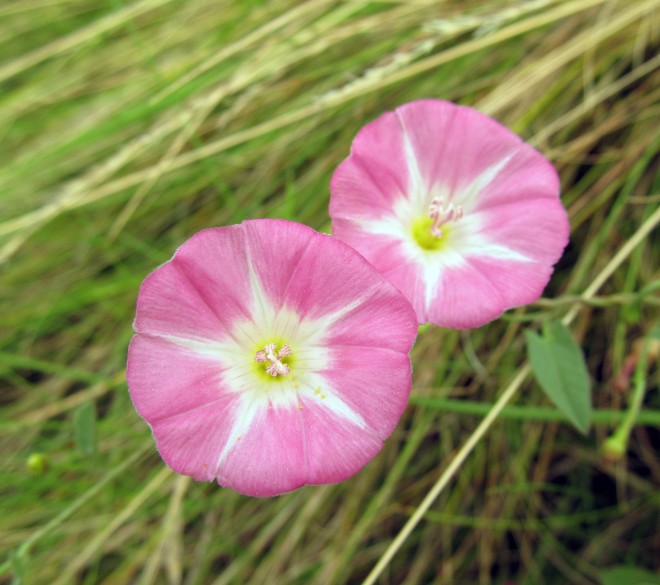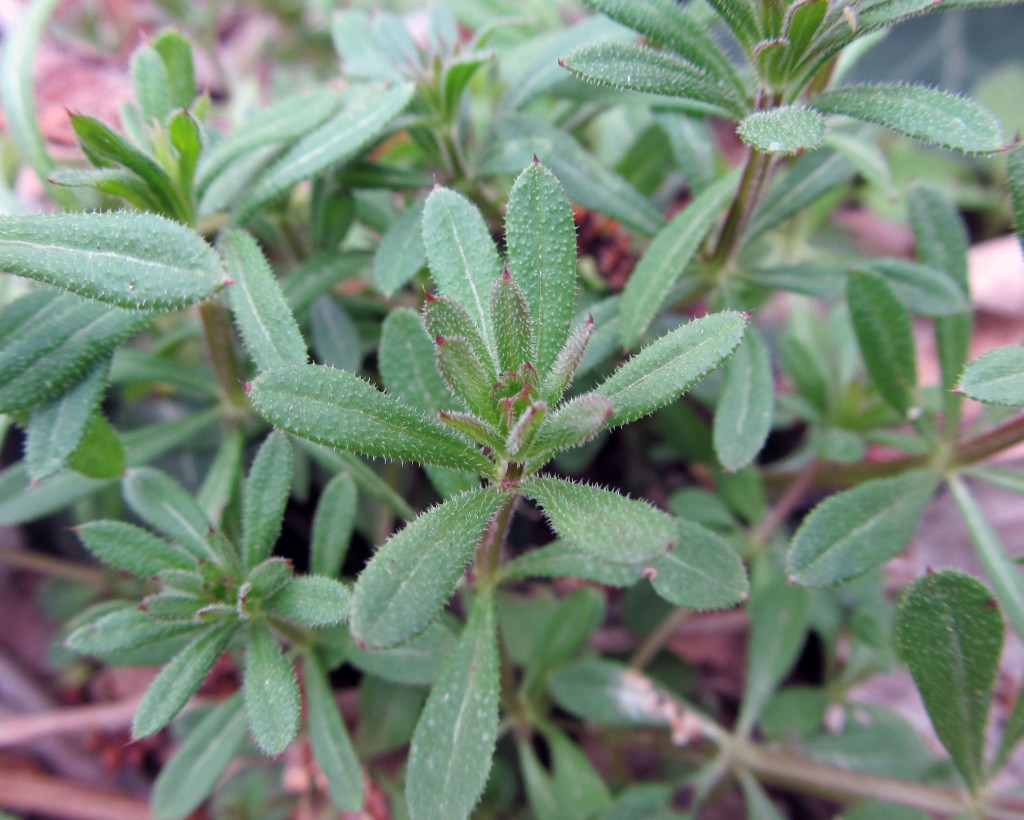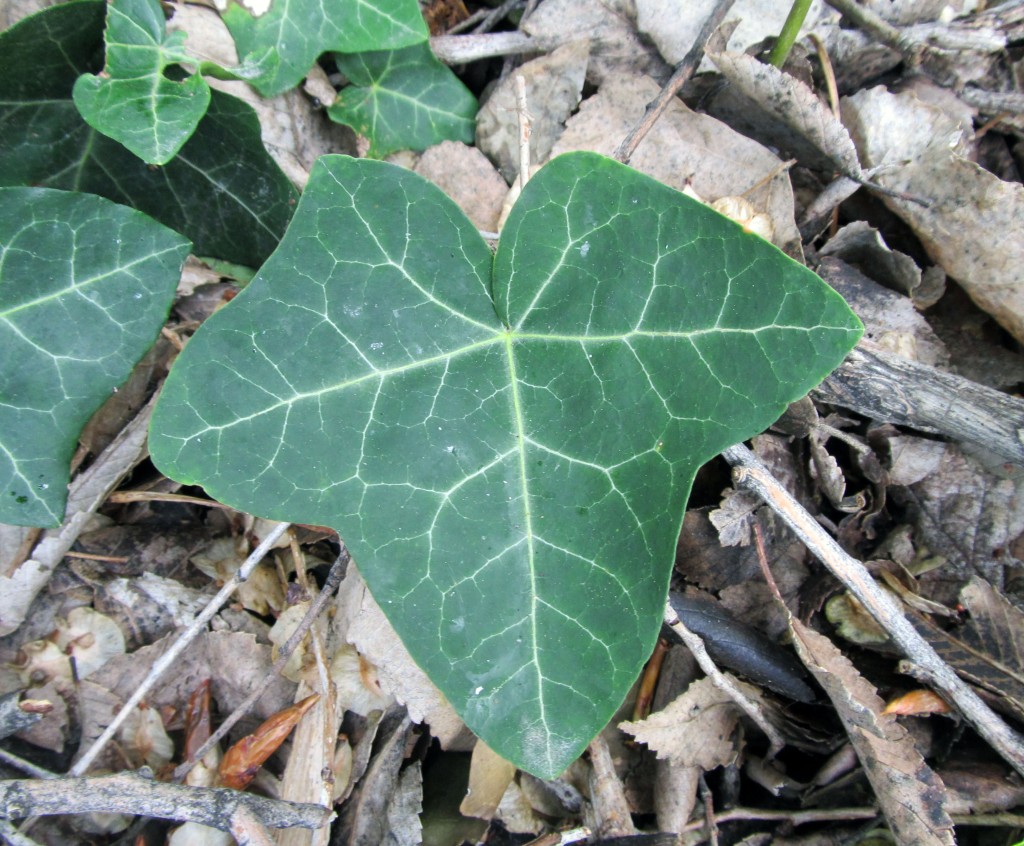So far, the lists of weeds at each of the Weeds of Boise sites look pretty similar, with several weed species showing up at nearly every site and other species only occasionally making an appearance. This isn’t a surprise really. The flora of any region typically has several species that are dominant, along with species that occur less frequently. Wild urban flora – or in other words, the naturalized weeds in urban areas – may follow a similar pattern. My unscientific and infrequent surveys, all of which have been pretty close to where I live, aren’t yet representative of the Boise area as a whole. However, something like iNaturalist might help with that. For this reason, I took a look at iNaturalist observations to get a better idea as to which species dominate the wild urban flora of Boise, Idaho.
iNaturalist is a website and app that allows users to identify, map, and share observations of living things with the rest of the world. It has been in use for over a decade and is easily one of the most popular community science, biodiversity mapping, and identification apps around. Even though it is not the primary mission of iNaturalist, the information gathered from user observations is frequently used in scientific research and conservation efforts. With over 80 million observations worldwide, iNaturalist offers a pretty decent picture of the plants, animals, fungi, and other living things found in just about any given location. You don’t even need to a registered user to browse the observations and find out what has been spotted near you or across the globe.
In order to come up with a list of weeds that have been observed in Boise by iNaturalist users, I entered “Boise City Metropolitan Area, ID, USA” into the Location field. It is possible to narrow your search to individual neighborhoods or even broaden your search to include a larger area. Clicking on the map allows you to see the area represented in your search. For my purposes, I figured that the number of observations would change if the area covered was either smaller or larger, but the list of weed species would largely remain the same. After you select your search area, you can filter out the results. Clicking on the plant icon limits the search to plants. At first I selected only introduced plants, but that seemed to eliminate a few of the plants that I would consider weeds, so instead I scanned through the entire list of plants and made a list of each of the weed species and how many times each had been observed.
There are of course limitations to using iNaturalist to create species lists, the main one being that you are relying on decisions made by iNaturalist users when it comes to what gets reported. In my case, in which I’m looking for a list of weed species found in Boise, I know there are plenty of weeds that iNaturalist users either aren’t noticing or aren’t bothering to report. The reported observations are also not likely to match the frequency at which they occur in the environment. Still, it’s interesting to see what gets reported and how often. It’s also interesting to see reports of things that I haven’t seen before. By clicking on individual observations, you can see where those observations were made, which means I know where I can go to find species I haven’t yet encountered.
What follows is a list of the top 25 weeds in the Boise area based on the number of iNaturalist observations, along with photos of some of the most reported weeds. A few of the species on the list, like cornflower, straddle the line between weed and desirable plant. I included them anyway because they are known to be naturalized outside of garden borders, even though some of the reported observations may have been intentionally planted within garden borders.



Top 25 Weeds in the Boise City Metropolitan Area According to iNaturalist Observations (as of September 21, 2021)
- great mullein (Verbascum thapsus) – 110
- common dandelion (Taraxacum officinale) – 98
- redstem stork’s-bill (Erodium cicutarium) – 83
- chicory (Cichorium intybus) – 62
- heart-podded hoary cress (Lepidium draba) – 61
- cornflower (Centaurea cyanus) – 58
- rush skeletonweed (Chondrilla juncea) – 56
- purple loosestrife (Lythrum salicaria) – 49
- bittersweet nightshade (Solanum dulcamara) – 47
- alfalfa (Medicago sativa) – 46
- common soapwort (Saponaria officinalis) – 43
- dwarf mallow (Malva neglecta) – 42
- donkey tail (Euphorbia myrsinites) – 40
- poison hemlock (Conium maculatum) – 39
- field bindweed (Convolvulus arvensis) – 39
- bulbous meadow-grass (Poa bulbosa) – 39
- yellow salsify (Tragopogon dubius) – 38
- crested wheatgrass (Agropyron cristatum) – 37
- cheatgrass (Bromus tectorum) – 36
- moth mullein (Verbascum blattaria) – 36
- hound’s-tongue (Cynoglossum officinale) – 31
- Virginia creeper (Parthenocissus quinquefolia) – 30
- catnip (Nepeta cataria) – 29
- white clover (Trifolium repens) – 29
- yellow iris (Iris pseudacorus) – 28














